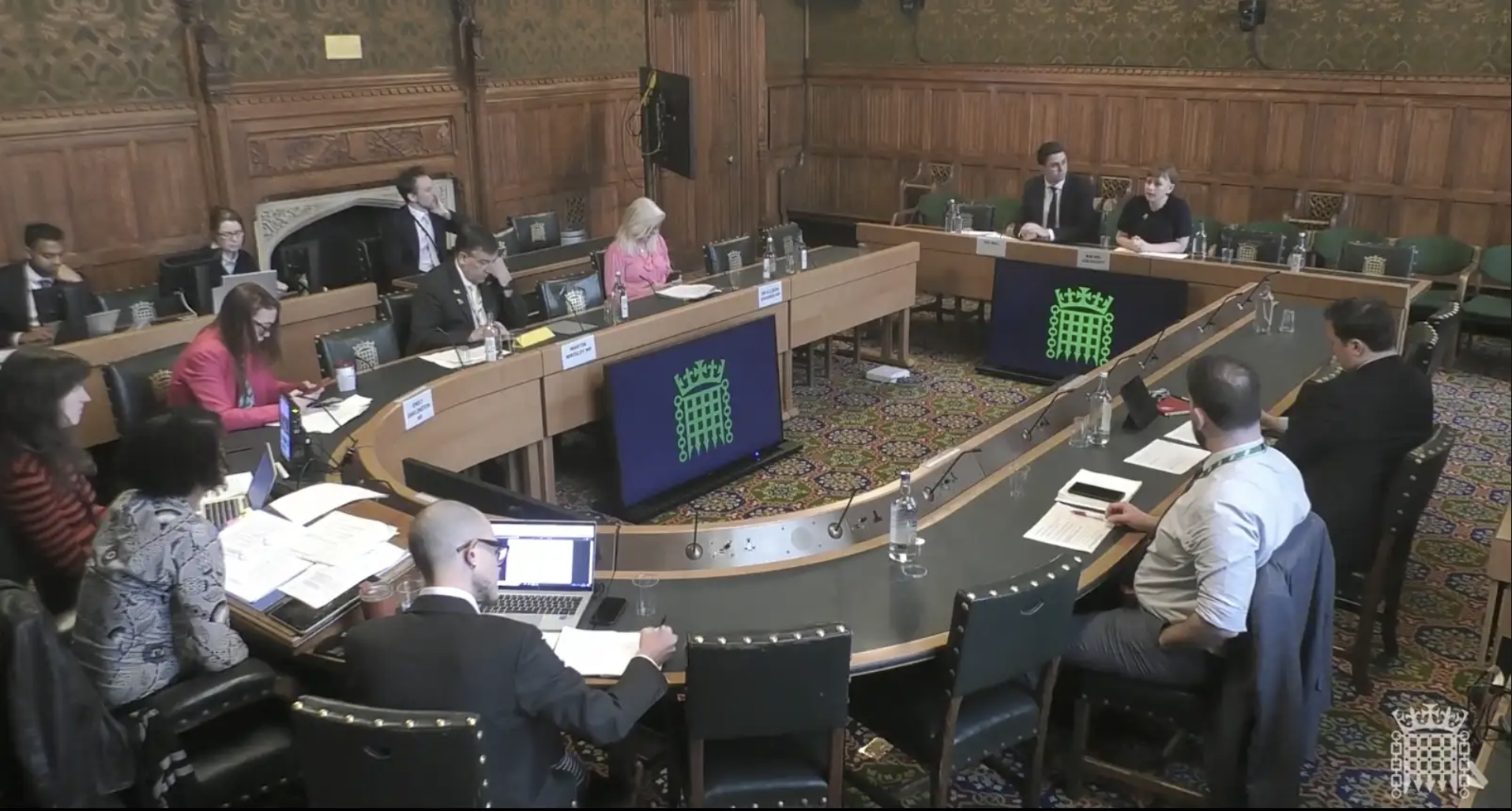5 Ways Public-Sector Services are not the same as Private-Sector ones
This set of three blog posts started life as some of the notes and “thinking aloud on Bluesky” that I did in preparation for giving oral evidence at the Science, Innovation and Technology Select Committee’s inquiry into the digital centre of government.
The Blueprint for Digital Government contains the following line: “people expect government services to provide the same convenience and personalisation that they see in private sector services”. I don’t agree, so wrote some bullets on Bluesky, that some other people contributed to and improved.
The Science and Technology Select Committee
Here they are in a blog post.
1) Choice
With very few exceptions, we get to choose the private-sector digital services we use but most public services need to be used by everyone. Essential private-sector services such as telephony and energy are delivered in a competitive market, and most people are able to make a decision of best-fit based on their personal preferences.
2) Meeting simple needs vs meeting complex needs
If your business is online retail, you will expect a reasonable proportion of people’s shopping carts to be abandoned, and can choose to optimise the purchase path for your most high-value customers. In fact, you might be delighted with a sales-completion rate of 65% or an email open rate of 45%. You can decide whether to make returns easy or prohibitively inconvenient. Public services, however, need to be accessible and usable by everyone and no one can be left out or left behind.
3) Trust
The State isn't a supermarket; the information we share with public services isn't the same as having a Club Card. Sometimes - when we are vulnerable or chronically short on time - we want a public service to wrap itself around us; sometimes - when critical decisions are being made that could alter our life chances - we absolutely do not.
4) Justice
The penalties for people when public-sector services fail or faulty decisions are made can be life-changing, so justice and remediation need to be built in from the beginning, which Alex Blandford characterised as “failsafe or fail deadly”. And as Olly Benson mentioned, with “a lot of consumer interactions, adequate compensation is just the cost of a refund (we didn't deliver this to you, your meal was cold etc). There is very little in public service where a refund alone would be in any way fair compensation.”
5) Quality and reliability
Not everyone gets to experience the convenience of private-sector digital products in the same way. Many very good services are often either provided at a premium via paid-for apps or subscriptions, do a small number of things very well (love it loathe it, WhatsApp), or have become subject to what Cory Doctorow calls “enshittification”, which is now so widespread it was one of 2024’s words of the year. In fact, there are manipulative patterns, terrible ads and rotten customer service protocols all over the place: see, for instance, this research by Citizens Advice on manipulative patterns in online purchase paths and Harry Brignull’s work on deceptive design, while as Ann Bergvin mentioned the GDS Service Manual is often referenced as a useful guide for best practice.
Also, as Dean Vipond points out, no one is surprised when Ticketmaster goes down or you have to queue for Glastonbury tickets, but the system for booking Covid vaccines was expected to be totally reliable. It’s also worth noting that a service might work extremely well for you if you have an iPhone 16, unlimited data and a desk job, but not so well if you work shifts and have a 5-year-old Android filled with bloatware and are rationing out your PAYG data till the end of the month.
And finally
As Richard Pope said, “I always wonder what personalised immigration enforcement, personalised having your child taken into care, or personalised benefit investigation might look like.”
That last point really is why public-services are not the same as private-sector ones.


